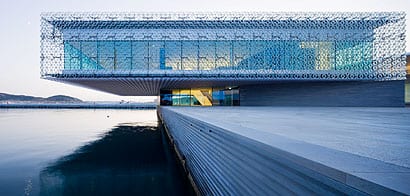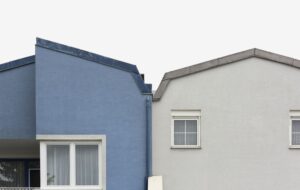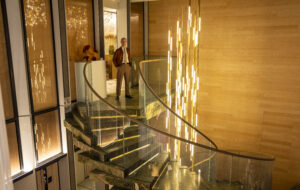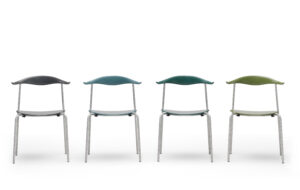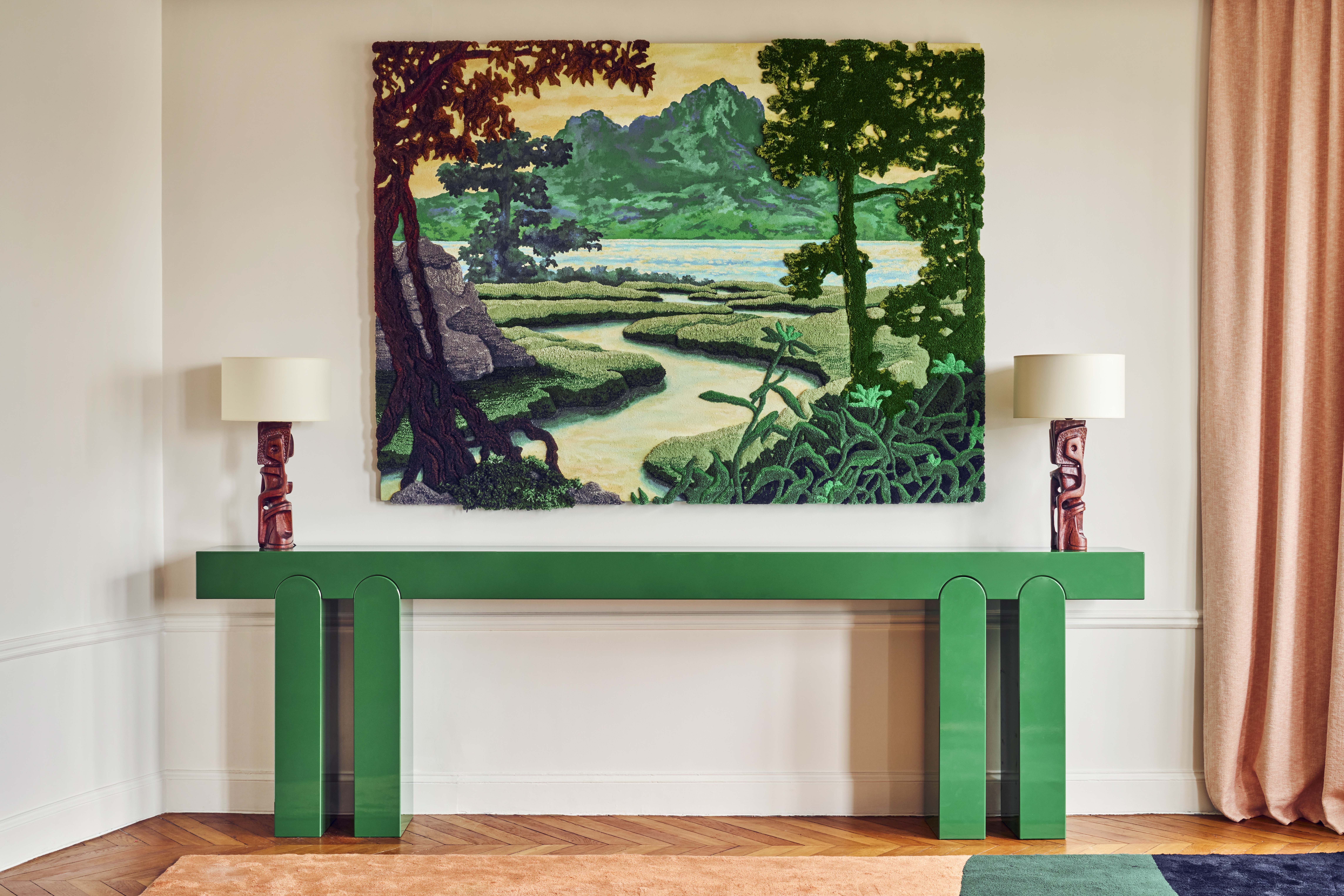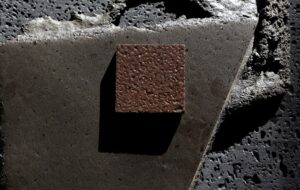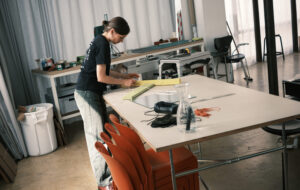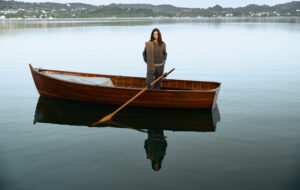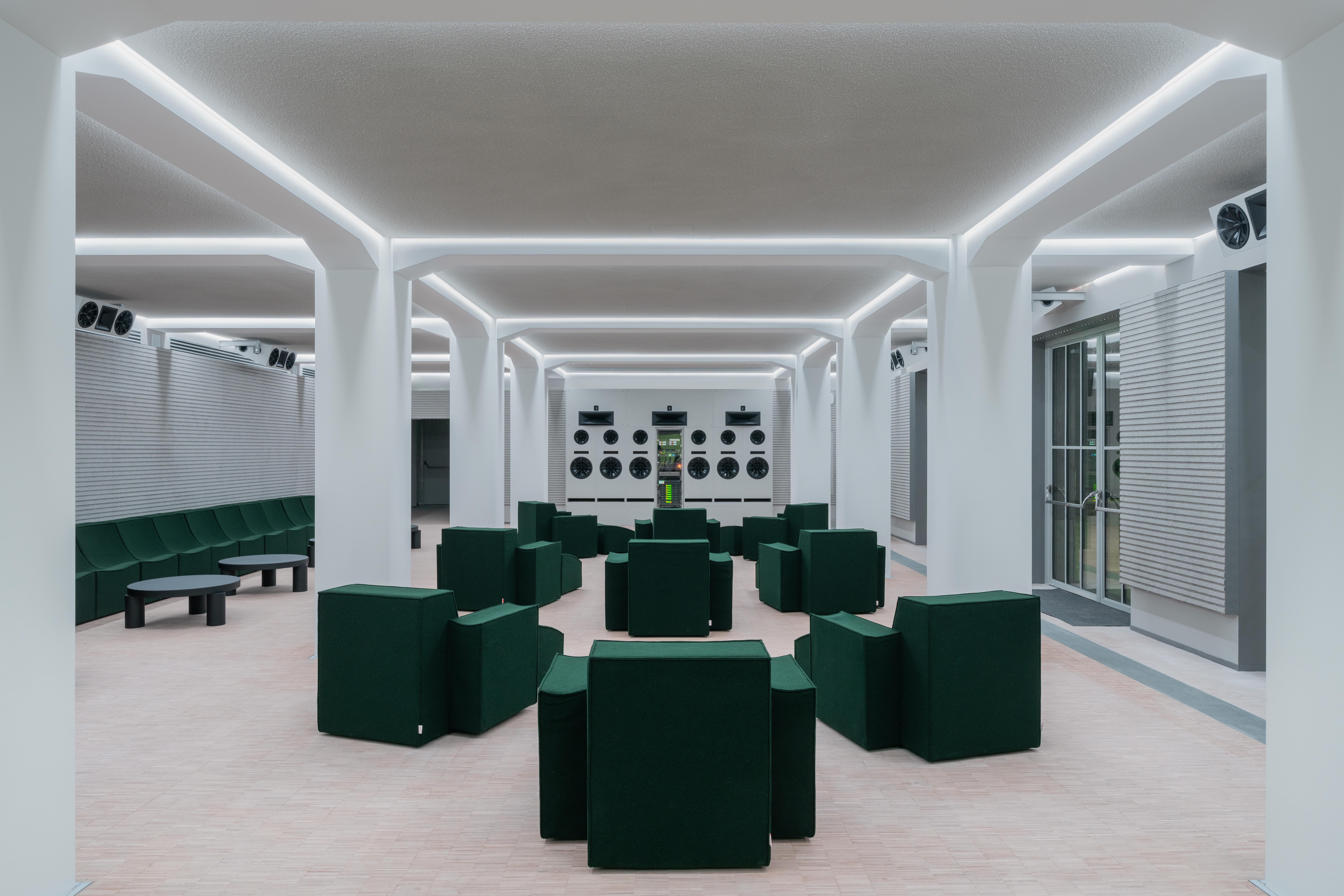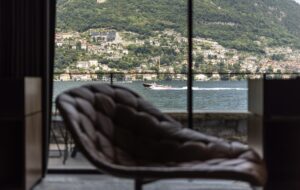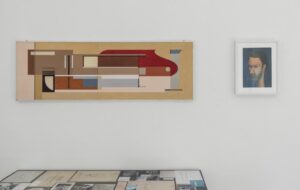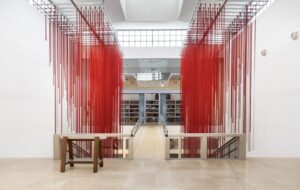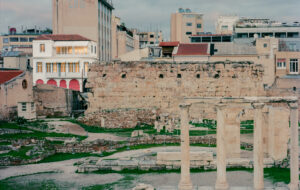|
Stefano Boeri’s G8 complex in La Maddalena, Sardinia, which was never used for its intended purpose (image: Iwan Baan) |
||
|
Rem Koolhaas wrote this article on Stefano Boeri’s unused G8 convention complex for Domus – but he was so critical of prime minister Silvio Berlusconi that they couldn’t print it. It was probably not expected by the architect of La Maddalena’s impressive G8 complex that the first public ceremony held at his completed project would be used by his client as a tribune from which to declare to the world that he had never paid for sex in his entire life. Yet its brief history – 20,690sq m of conference, press, and hospitality facilities arranged on a superb harbour abandoned by the Italian navy, delivered 10 months from the beginning of construction – had been a neck-and-neck race between the architect’s determination to create a dignified contemporary environment for the political process and his client’s farcical manipulations to shift the G8, at the last moment, to the still earthquake-rocked L’Aquila for the sake of better, more pathetic photo opportunities. Along with the new government acropolis in Berlin, the aborted G8 complex in La Maddalena is a rare instance of an explicit, constructed political space realised in the last decade. Politics is a fraught arena for contemporary architecture – a subject first discredited by the dangerous seductions of Stalinist, fascist and Mussolini architectures, then almost erased by a quarter-century of market architecture. Perhaps its last flourishing had been Brasília in the 1950s, and an explosion of post-independence parliaments in Africa, but the 1990s architecture of Berlin shows the awkwardness of resuming the practice in an inhibited, emphatically uncharismatic zone offering only the reassurance that democracy is truly boring. Stefano Boeri too had to work in a country – Italy – where the visual competence and sheer beauty of the “wrong” side in the late 1930s is a daily reminder of architecture’s ambiguous moralities. For the G8 he had to create, with lightning speed, the setting for a conference conceived by a governor, Renato Soru, and a prime minister, Romano Prodi, both of the centre-left coalition, yet consummated by the complex figure of Berlusconi: the completion of the project coincided with the fallout of the prime minister’s divorce and the topless scandals orchestrated at Villa Certosa, Berlusconi’s private fiefdom on Sardinia, less than 20km away from Boeri’s site on Maddalena. In fact, this is the Tale of Two Islands, and perhaps of Two Italies. Where Berlusconi’s estate on Sardinia, Villa Certosa, is a rapacious hedonistic collage – an aggressive campaign of denaturing – Boeri’s project at La Maddalena is a rigorous reassertion of order and discipline, a built Potemkin village, an alternative universe of global decency, which cleverly extrapolates both the naval history and the natural features of the Maddalena site, most notably a stunning maritime perspective which Boeri’s architecture reveals in all its splendour. An amalgamation of new architecture and existing halls and walls, Boeri’s project adopts former military rigour to support the vacillating democracy of the present. It consists of a motel – its intended “Obama” suite eerily reminiscent of Martin Luther King’s last balcony – dining halls, an area for delegates surgically inserted between existing walls and finally the conference centre, a diamond on the ground that supports a great cantilever that thrusts across the water in the direction of Sardinia. Because it is almost in and of the sea, Boeri’s suspended box is suffused with an almost material, tangible light, which would have both enhanced and scrutinised the assembled leaders. The main pavilion is the smallest volume, dedicated to the G8 meeting only, a huge conference room suspended over the Mediterranean. It can be reached by an elegant staircase adorned with a fitting photographic portrait of the world in its green beauty, an ambiguous reminder to the leaders of the accumulated abuse that they have unleashed on her more than an optimistic anticipation that they will solve its problems. Boeri’s single most rhetorical device is a glass elevator of extreme proportions of 8m by 1.3m that would have enabled the leaders collectively to ascend from the water level directly to their meeting room. Working at infernal speed and within the limited control of a turn-key project, Boeri’s G8 is as important for what it achieves – a nostalgia-free space of decency and lightness – as for what it avoids – the trappings of power in an age that is unable to believe in it. Realised in a highly effective vocabulary of aluminium, marble and black glass wrapped in a screen of glass hexagons, it also represents a surprisingly fresh comeback of Italian modernity. The brief but dramatic history of the project – realised in 10 months, abandoned for the dubious attractions of a declared disaster zone – can only be understood as a fable of the current moment and of architecture’s diminished appeal, where the true and intelligent sparkle of the new is less compelling than crumbled ruins as background for our political soaps. Although nobody will probably ever know why the G8 in La Maddalena was really cancelled, Boeri’s lucid ambitions may have been too demanding for a client who ultimately may have been honest enough to realise he did not deserve its clarity and would have been incapable of animating it. Boeri’s is a disabused architecture – it does nothing which is not necessary. Probably out of a mixture of pragmatic – there was no time – and ideological – there was no need – reasons, it is modern, efficient, imbued with elusive associations that resonate strongly because they are never allowed to come to the surface. In spite of its eccentric launch, it deserves to be taken very seriously. Its premature “end” could be a new beginning.
Stefano Boeri’s G8 complex in La Maddalena, Sardinia, which was never used for its intended purpose (image: Iwan Baan) |
Words Rem Koolhaas |
|
|
||

